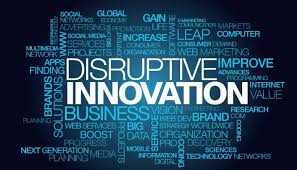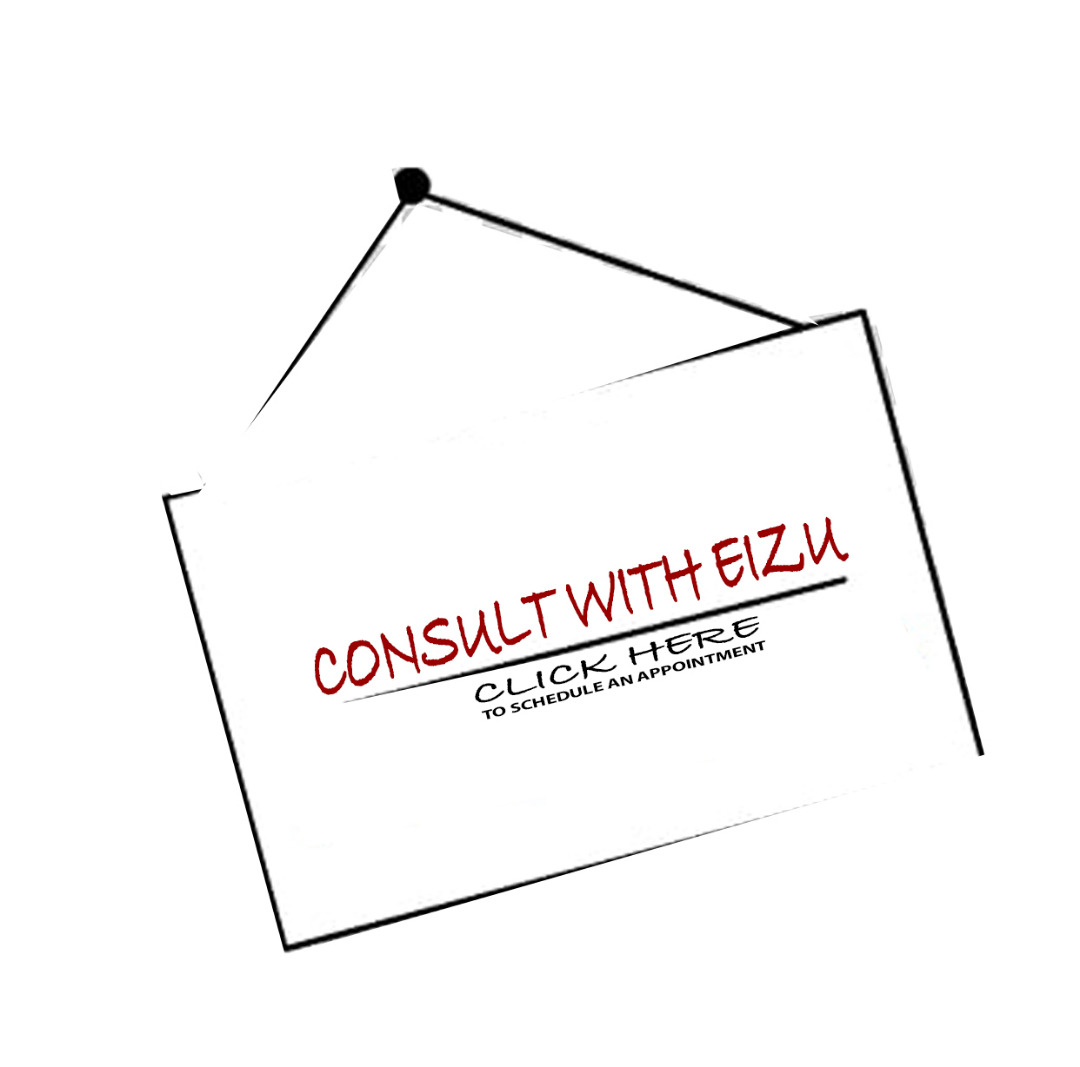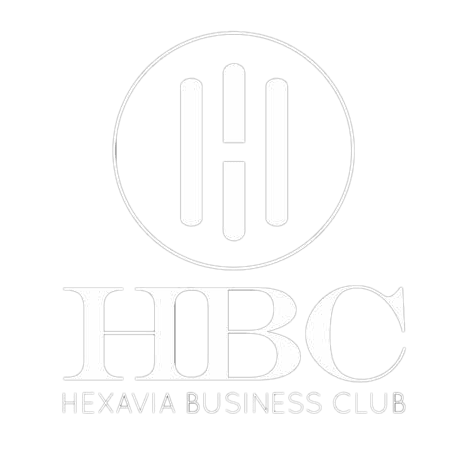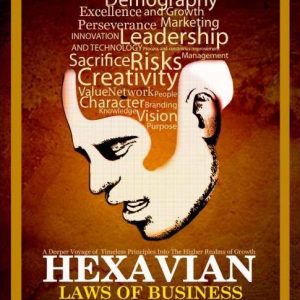Businesses and brands rise and fall like empires do. No condition is permanent but how you handle them is key. In the last one year a lot has happened with a few brands, from the H and M’s store shutdown in South Africa by a PR campaign gone badly as it was considered racist. And to the plane crashes by the Boeing 737 Max. Dana Air had a plane crash a few years ago, so far, they seem to have bounced back well by improved service and great PR (they even now have a foundation), with alluring brand ambassadors. Every now and then we have oil spillage by IOCs (International Oil Companies) around the world. The Niger Delta of Nigeria for years still remains a mess by Shell, ENI, TOTAL and Exxon’s consistent degradation of the environment. However, from them we can learn focus group engagements, PR, communication and a commitment to sustainability have played their part in their brands reputation recovery. For those with longer memories, the green and yellow sunburst of the BP logo will always be tainted by Deep water.

We have heard of the Enron Scandal (Enron was the “it” energy company at the turn of the century as it oozed with wealth, smarts, and power. However, this Houston-based energy company toppled into a spectacular bankruptcy due to a painstakingly-planned accounting fraud made by its accounting firm, Arthur Andersen). Once considered a blue-chip stock, Enron shares dropped from $90 to $0.50, which spelled disaster in the financial world when thousands of employees and investors saw their savings vanish with the company as it filed for an earnings restatement in October 2001”. Most of those involved went to jail while even one of the executives committed suicide. As the auditor and accounting consultant, the Arthur Andersen firm was indicted as part of the scam too. Arthur Andersen, which traces its history back to 1913, shredded Enron audit documents amid an investigation into covering up billions in losses at the energy firm. The accountants and brand was subsequently found guilty of obstructing justice, effectively putting an end to all its audit activities in 2002.This led to the death of Arthur Andersen too. Speaking of Arthur Andersen, this Chicago-based company voluntarily relinquished its licenses to practice as Certified Public Accountants (CPAs) in the USA due to the Enron accounting scandal. This was a blow, considering that it was one of the world’s top five accounting firms prior to the scandal. It resulted in the loss of 85,000 jobs and corporate re-branding as the remaining part of it split and became what is today called Accenture.

Alicia Keys a few years ago was paid by Blackberry to be their creative director. She carelessly was busy promoting Blackberry on her tweets and mail. But the tweets showed that it was sent from iPhone! iPhone took advantage of that in return as their own promo!
The only thing more important than what you’re selling is what you make the buyer believe that he is buying. Perception is everything. We see how perception management is key with the Soda wars. All Sodas are actually bad for your health, however some are a better tasting poison. Pepsi for example has consistently beaten coke in that perception game. It did beat Coke in the 80’s blind taste challenge though it has less sugar. That was a huge boost on its brand. Coke shouldn’t have agreed to go into that blind taste. They have consistently been accused of having just too much sugar. Pepsi is generally perceived to be healthier. Well, we see conscious moves to suppress that as Zero Coke recently was created in line with Diet Coke as a healthier option to knockout Pepsi. Brand battles, highs and lows must be managed right.

In the middle of most brand failure comes communication defects. By strategy and brand misrepresentation anyone can become obsolete, anyone can win. Like my friend will say, “the market is bisexual, anybody can blow!“ From being a market leader like KFC, you can be reduced to Mr Biggs if you stay stale without stimulating our minds by communication and by optimizing feedback.
Welcome to life, where tables turn. When you’re on top, the aerial view is the ‘wrongest’ view to the world. Getting off your high horse so that your ears can be closer to the ground is key. How could blackberry not sort out their Bold 5 hanging problems for years, and their battery life issues? How did they fall from being the inventors of smartphones and pop emails into not being mentioned on top apps? What did they do with all our feedback? Why did they not listen?
 As a business man, you can’t develop your marketing strategy in isolation. Watch your competition, time and market. Lookout for feedback, it’s the cheapest form of effective research. Never let a crisis go to waste, learn and make something from it. Failure isn’t always an enemy but the down payment for school fees on how to succeed better next time when you learn from it.
As a business man, you can’t develop your marketing strategy in isolation. Watch your competition, time and market. Lookout for feedback, it’s the cheapest form of effective research. Never let a crisis go to waste, learn and make something from it. Failure isn’t always an enemy but the down payment for school fees on how to succeed better next time when you learn from it.

Currently, the Boeing brand is undergoing serious damages at the moment. The 737 Max plane crash crisis wiped more than $25 billion off Boeing’s market value in just a few days. And they seem to be doing poorly at closing out loopholes fast.
I remember in one of our strategy meetups for managers, I once asked, “As business owners and CEO’s, if you were in charge of Boeing today, how would you improve Boeing’s brand reputation?”
I remember one of my articles here was on Excellence and I wrote of how very few firms in the world have reached Six Sigma certifications. In management, the highest level of excellence is measured mathematically through Six Sigma. Boeing was one of them. It’s the closest any firm can get to excellence. We owe most of the most powerful breakthrough in aviation and aeronautics to them actually. But excellence is just not perfection.

Perfection is an infinite chase but excellence can be reached. The trick is to aim for perfection and if you fail, you’d at least land on excellence. Most times when we fail temporarily which is part of life, it is important to develop a template for damage control. Toyota and Lexus definitely have this. During the classic Lexus recall of the 90’s, their corrective steps were legendary. Most recalls are handled by making an announcement to the press and mailing a notification letter to owners. Lexus, instead, called each owner individually on the telephone the day the recall was announced. When the owners picked up their cars at the dealership after the work was completed, each car had been washed and the tank filled with gas. If an owner lived more than a hundred miles from a dealership, the dealer sent a mechanic to his or her home. In one instance, a technician flew from Los Angeles to Anchorage to make the necessary repairs.
Was it necessary to go to such lengths? You could argue that Lexus overreacted. The problems with the car were relatively minor. And the number of cars involved in the recall – so soon after Lexus had entered the marketplace- was small. Lexus would seem to have had many opportunities to correct the damage. The key fact, though, was not the number of people affected by the recall but the kind of people affected by the recall. They were experts, thought leaders and individuals with industry respect who could influence the decisions of others. Who, after all, are the people willing to take a chance and buy a brand-new luxury model?
It’s always great to have thought of a communication plan for damage control, even before you have a need to. From Boeing to Lexus to our small businesses we all should know those that matter. Boeing beyond the crashes has been amazing actually. But they need to communicate that now more than ever. In a very sensitive phase as now, I believe their PR shouldn’t be driven directly through them but indirectly through industry key stakeholders that they may sponsor. I refer to one of my Business Day column articles I shared, the triads of influence, namely mavens, sneezers, and connectors. There are three influencers that matter most in any industry or community. Mavens are thought leaders and experts, sneezers are those that have platforms, and media power. Knowingly or unknowingly they host other influencers and can start and broadcast trends. Connectors on the other hand are gate keepers and seem to know and have one on one relationship with most people. Every industry has its own form of mavens, sneezers and connectors. These guys are powerful sets. Have them close by, on speed dial and in good relationship with your brand, especially for damage control purpose. All brand building and brand destruction usually starts and ends with them. In retrospect, at times like this, reminding them and your customers that you sincerely care and you are on top of their matter is a winning strategy.
Boeing is a great brand that cares and is known for excellence and it’s key for them to remind us all, especially through those sets (the truth remains that there are only a few companies in the world with the ISO certification ratings and high level of Six Sigma excellence that Boeing has. The other few being Bank of America, Amazon, Nestle and just a handful of others). To drive home the power of their quality level, take for example, if you draw a scatter diagram of their production process, you’d see a power trend of the lowest defect rate possible through correlation of its dependent and independent variables. In relations to correlations and comparative analysis between airplanes like Boeing and products like Volvo and Rolls Royce (two of the safest cars), did you know that the mathematical odds of dying in a car crash is one in 5,000 trips? But for a plane crash by a Boeing plane, it is one for every 1.2 million flights, with odds of dying to be 1 in 11 million. They have to remind people of that level of excellence they are known for. Also, safety has to be re-guaranteed.
Clearly, the recent crashes have been technical than human. However, not to sound judgmental, but it was only 5 months apart that the first Max plane dropped and then another. Having reports showing engine complains for a very new plane model is abnormal. Even though they run a B2B model as against a B2C model which cushions some of the backlash and damages, people are still facing their brand and not the airlines that crashed.
Boeing’s statements and actions was not seen as sufficiently providing confidence to the consumers and as a result airlines upon airlines were banning their planes. Imagine having the Boeing CEO or very top members of the management call members of the family of the deceased at the height of the issue. This could have been done to let families of victims know that Boeing cares about people that actually fly their planes. This would have been great but then, they are in the B2B and not B2C market place. But Lexus called all the people with the malfunctioned car one after the other.

How about they start a foundation and then on behalf of the airlines pay all necessary compensation – In any case this does not concern Boeing directly, they should at least provide some compensation for the family of victims. It could be in other forms aside monetary payments, like scholarships. They can also pay for pilot retraining on the Boeing Max – This is key if Boeing is to redeem its image, as the said error which leads to the accident was due to lack of training.
For people that bought or already ordered the plane, issue a heartfelt press statement with the family of the pilots who died in conjunction with Ethiopian Airlines, visit countries who have had the Boeing 737 banned, speak with their government officials to give them reassurance of commitment to the safety of their planes in general.
We all make errors at times. An error does not become a mistake till you avoid to correct it. Like empires, people and brands fall and rise. Listen. Don’t be caught sleeping.
Failure isn’t always an enemy but the down payment for school fees on how to succeed better next time when you learn from it. On the other hand, as you win, congratulations sometimes becomes the main enemy, “nice job” most times is the word you should be afraid of.” Scary but I agree. Success is the greatest enemy of success.

To me, success is a lousy teacher. It seduces smart people into thinking that they cannot lose. After you stand on your feet, stay on your toes. In the words of David Ben Gurion,
*It’s not enough to be up to date. You have to be up to tomorrow*. As you grow, never outgrow feedback, it’s zero payment on research. Be a future manager for *it is only he that sees the future that can seize the future*. For what you currently do, what steps have you taken for the future?
Eizu, ©Hexavia!
Strategy. Business StartUps and Corporate Restructuring Consulting
T: 08035202891
Uwaoma Eizu is the lead strategist at Hexavia! He is a graduate of Mathematics with two MBAs and over a decade of experience working with startups and big businesses. His core is in building startups and in corporate restructuring. He is also a certified member of the Nigerian Institute of Management, Institute of Strategic Management of Nigeria and the Project Management Institute, USA. By the side, he writes weekly for the BusinessDay newspaper.





1 comment
This is really good and should be emulated.
Great job, an eye opener to challenges in business.